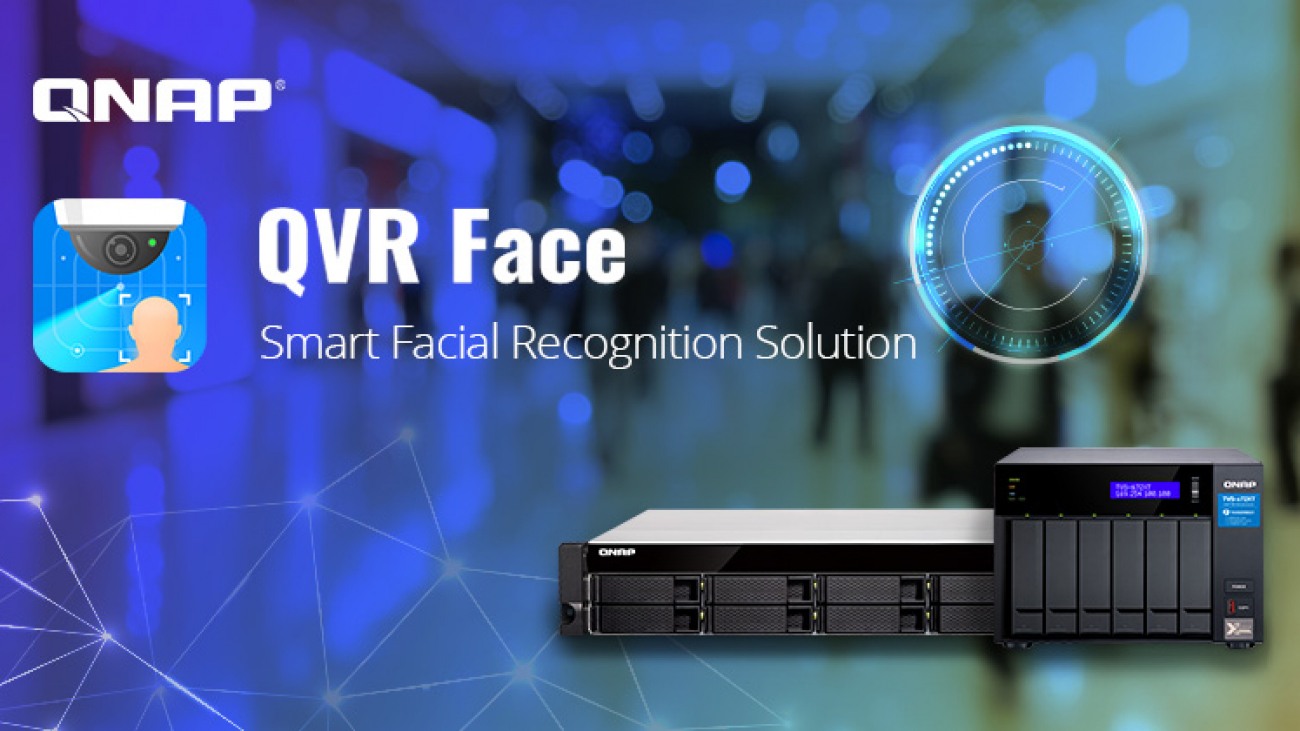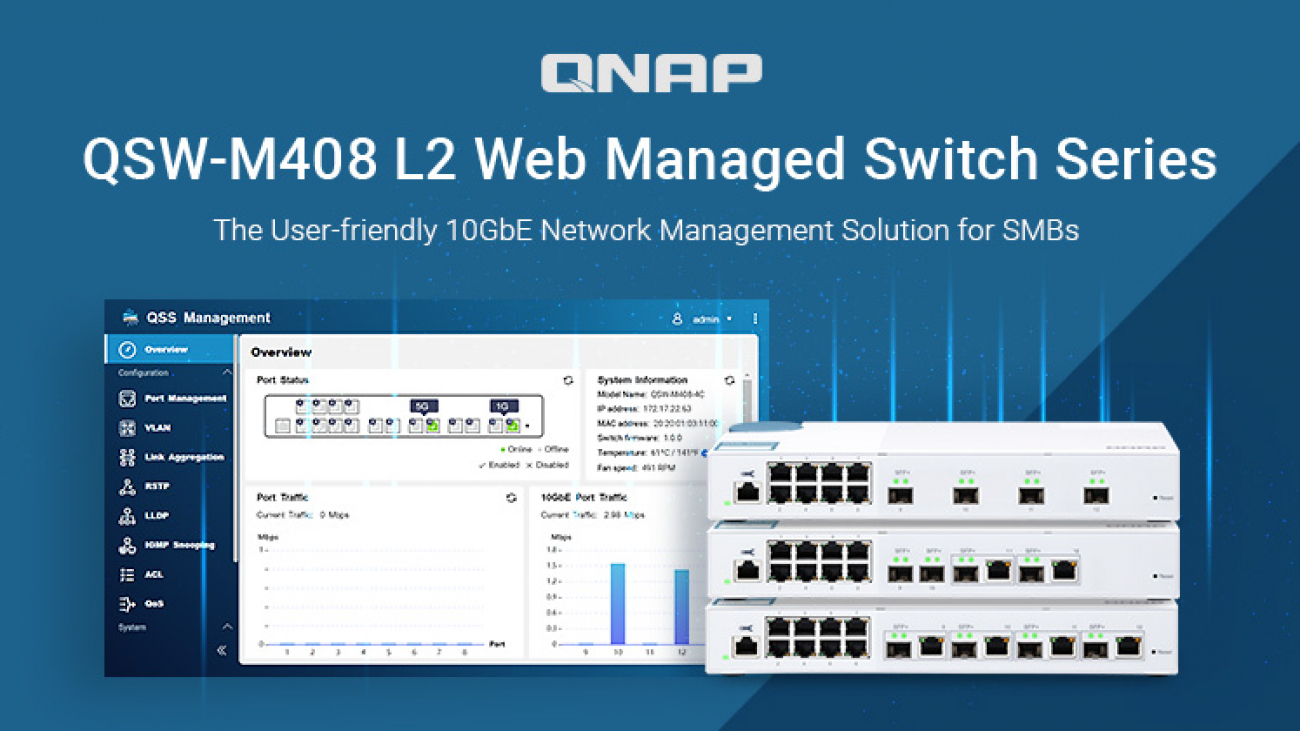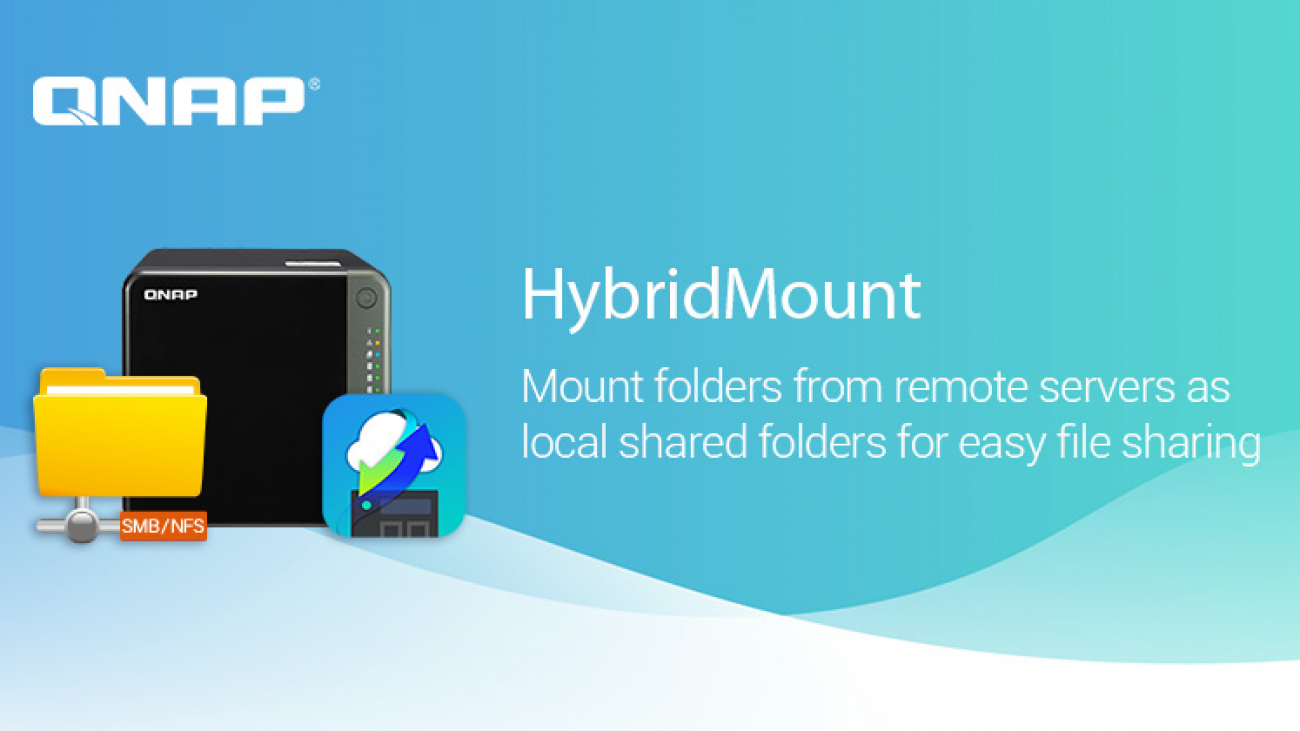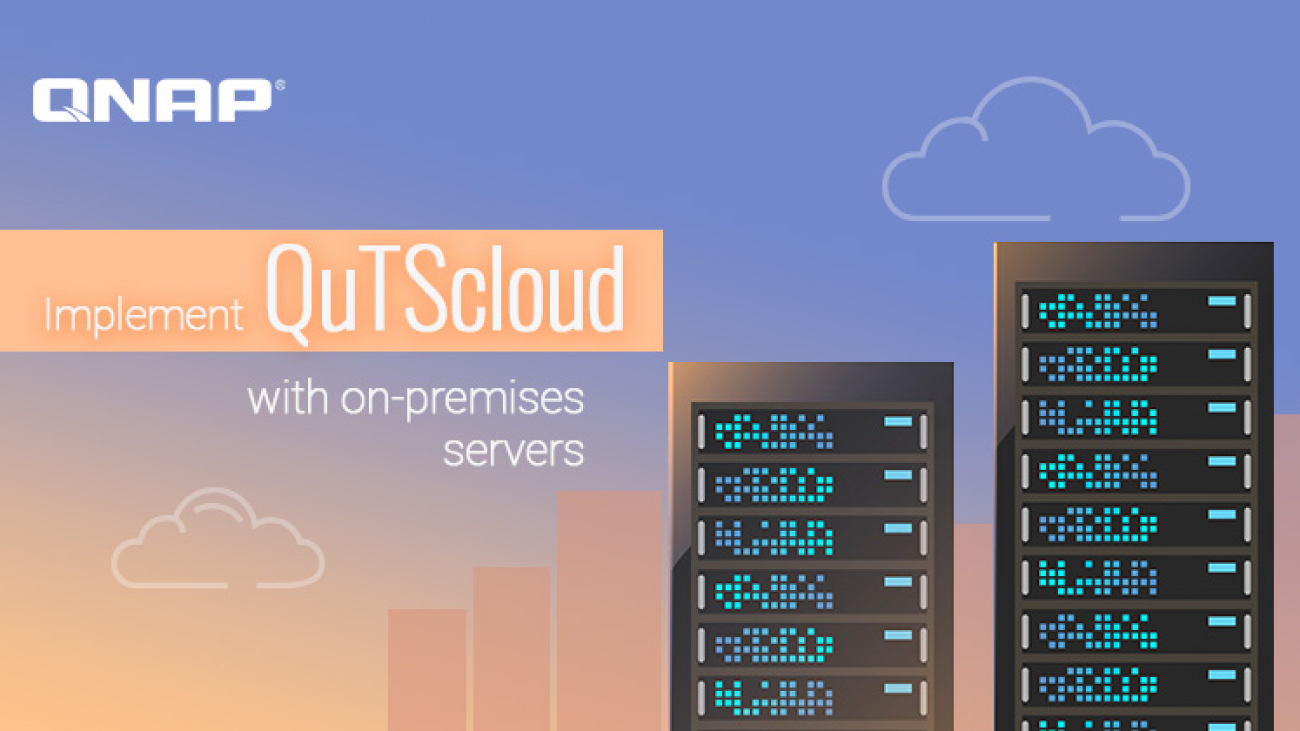Taipei, Taiwan, August 14, 2020 – QNAP Systems, Inc., a leading computing, networking, and storage solution innovator, today announced that its rackmount NAS models now support QVR Face, the QNAP NAS-based smart facial recognition solution. Users can leverage QVR Face’s analytics data with a solution from QNAP’s strategic partner – CAYIN CMS Station – to provide smart retail signage solutions.
The QVR Face smart facial recognition solution provides real-time video analytics from RTSP video streams and user-uploaded photos. The analytics provided by QVR Face can be used for configuring profiles, groups, and event notifications for instant facial recognition. QVR Face is ideal for door access management, attendance management, and smart retail services.
“QNAP is making QVR Face available for more NAS models, including rackmount. With various license plans, users have higher deployment flexibility for smart facial recognition solutions. The latest version of QVR Face also adds support for 23 languages, allowing greater usability for users from around the world,” said Jason Tsai, Product Manager of QNAP.
The NAS-based CAYIN CMS Station application can be used with QVR Face’s facial analytics data (including Event, Metadata Notify, and Result) and coupled with CAYIN SMP players to stream tailored contents to digital signage for groundbreaking smart retail services.
Availability
The QVR Face smart facial recognition solution and CAYIN CMS Station can be downloaded from the QTS App Center. QVR Face’s Basic Plan allows users to create an analytics task, with additional licenses providing extra analytics tasks and facial recognition profiles functionality. For more information and to view the full QNAP NAS lineup, please visit www.qnap.com.
About QNAP Systems, Inc.
QNAP, named from Quality Network Appliance Provider, is devoted to providing comprehensive solutions from software development, hardware design to in-house manufacturing. Focusing on storage, networking and smart video innovations, we strive to build a technology ecosystem upon subscription-based software and diversified service channels. QNAP envisions NAS as being more than a simple storage and has created a cloud-based networking infrastructure for users to host and develop artificial intelligence analysis, edge computing and data integration on their QNAP solutions.
Media Contacts





